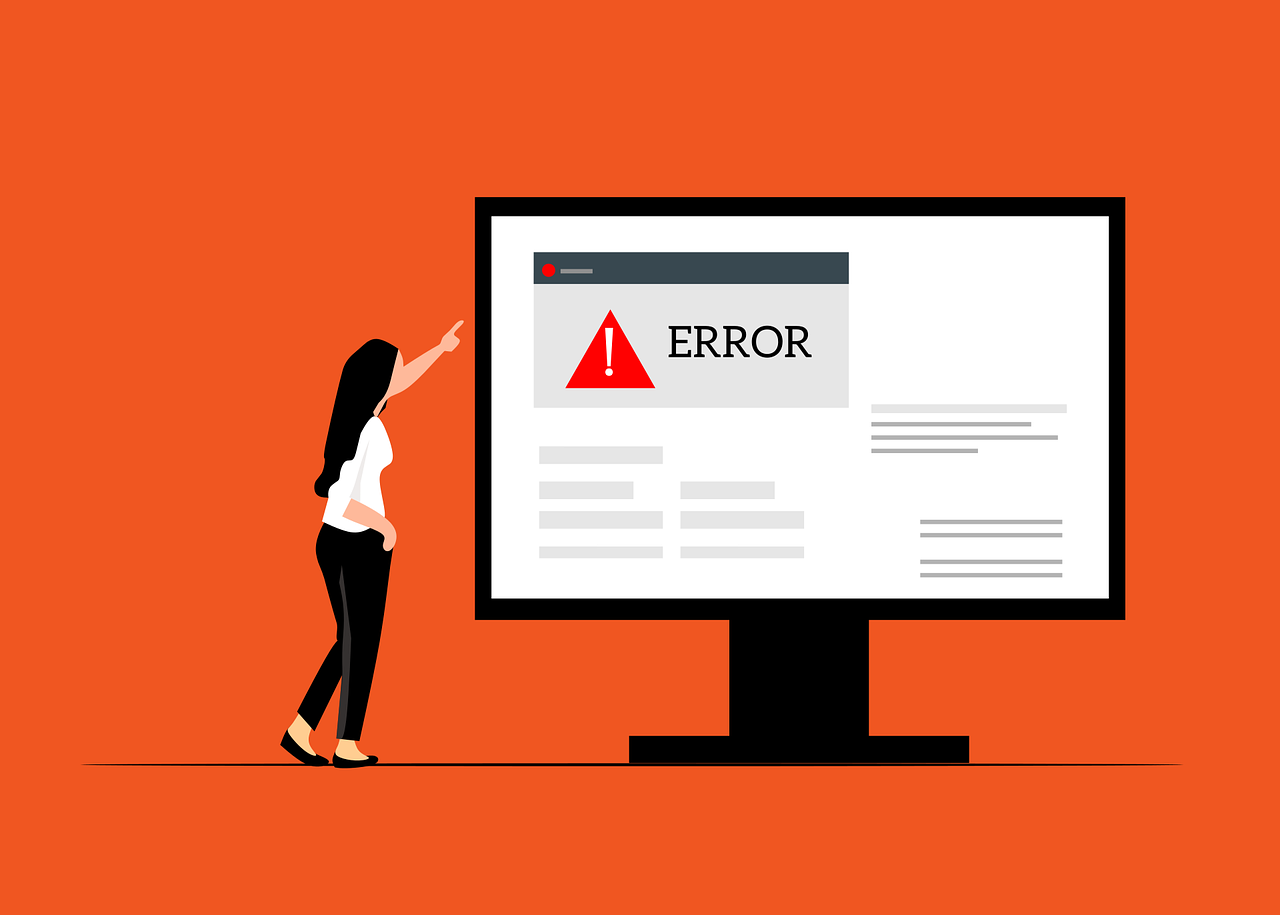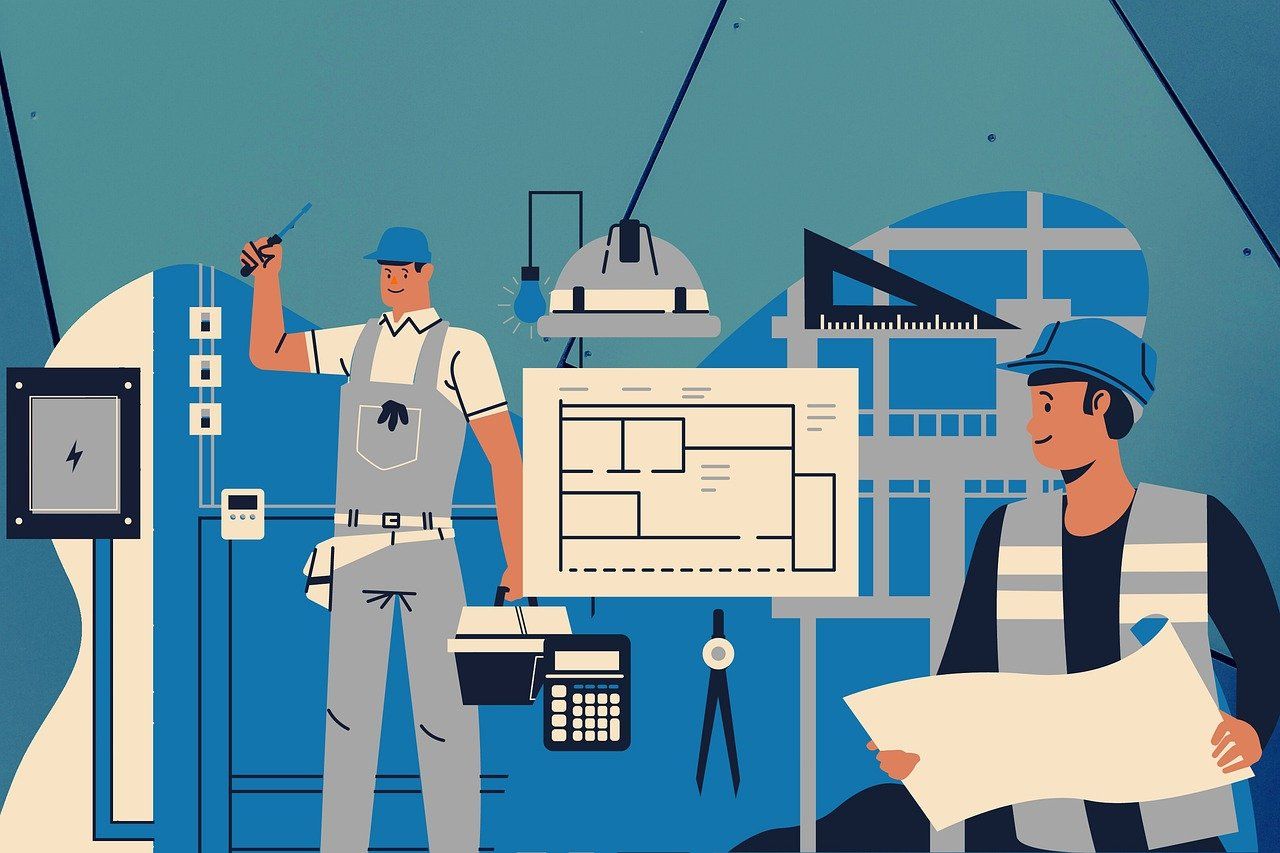TAMD - what is it?
2 December 2021
Tax Administration and Maintenance Day -TAMD was on 30th November 2021.
But what is it and what does it mean?
At the Autumn Budget the Chancellor made a commitment that there would be a separate day following the budget that would be dedicated to the administration and maintenance of the UK’s tax system. It was later announced that this Tax Administration and Maintenance Day TAMD would be on 30th November 2021.
The idea behind TAMD is to publish various documents which include new consultations as well as updates on existing consultations and announcements made at the Autumn Budget which took place on 27th October 2021. (Read our blog for an overview of the main points discussed in the Autumn budget). There will be summaries of responses to any recently closed consultations and technical information notices.
These announcements are mainly in relation to the ongoing initiatives to modernise and improve the UK tax system and its administration. It confirms how the tax system is being simplified, modernised, making it more user friendly in order for it to be easier to get peoples tax correct.
Financial Secretary to the Treasury, Lucy Frazer said:
“We want to build a tax system which supports the economic recovery, is simpler for businesses, and helps taxpayers get their tax right the first time.
Today’s announcements set out what we are doing to achieve this – providing people and businesses with an opportunity to engage in this work and help shape this reform.”
A summary of the key announcements can be found here
The full paper which demonstrates how the government’s 10 year tax administration strategy is taking shape is here




